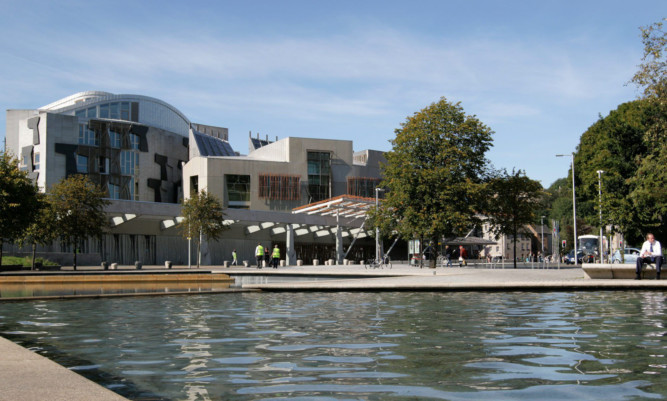MSPs are to undertake an inquiry into the way Holyrood’s committees operate after concluding the case for the introduction of elected conveners has not been made as a standalone reform.
At present, the political parties decide who should head up committees.
Presiding Officer Tricia Marwick asked the Scottish Parliament’s Standards, Procedures and Public Appointments (SPPA) Committee to carry out an inquiry into changing this so MSPs have to be voted into the role.
The committee looked at the potential benefits and disadvantages of the move, as well as whether parties should continue to be allocated conveners in proportion to the overall number of seats they hold in Parliament.
Members also looked at Westminster, which has already put in place an election system for committees.
But during the course of its inquiry, the SPPA committee concluded there are wider issues of reform which need to be considered.
Committee convener Stewart Stevenson said: “The Scottish Parliament’s committee system plays a crucial role in scrutinising legislation and holding the Scottish Government to account.
“During our evidence we heard about the benefits that elected conveners had brought to the House of Commons.
“We also heard that change is needed in the Scottish Parliament committee system. But the Westminster system is very different and we are not convinced that these changes would have the same impact here.
“Instead, it became increasingly clear to the committee that elected conveners are not the right first step to wider reform. There are other issues which should be considered first.
“There is no doubt that the time for reform is now, in readiness for the next session of Parliament. That is why our committee has agreed to begin a focussed discussion about the steps needed to strengthen committees’ ability to scrutinise legislation and policy, and hold the Government to account.”
The SPPA Committee now intends to undertake an inquiry into the operation of committees and will report by Christmas.
